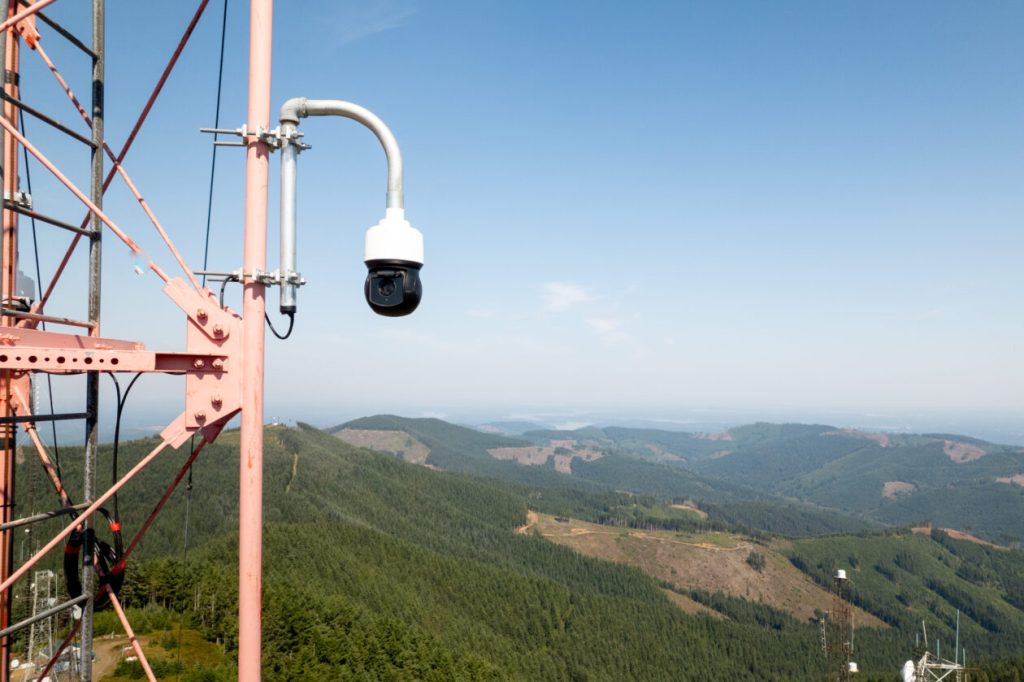The use of artificial intelligence and new technologies in detecting and responding to wildfires is becoming increasingly important in states like Washington. Pano AI, a startup that develops AI-trained cameras, was able to detect the Warden fire in Mason County early in the fire season without any human intervention. The use of these cameras not only helps in early detection but also in guiding firefighters to the exact location of the ignition source, allowing for a faster response to contain the fire. Washington’s Department of Natural Resources has partnered with Pano AI and is utilizing 21 cameras in high-risk areas to improve wildfire response efforts.
Pano AI is expanding its reach beyond Washington, with cameras in 12 states and provinces across the U.S., Canada, and Australia covering 16 million acres. Customers include utility companies, private landowners, and government fire agencies. The company has raised $45 million from investors and currently employs 45 people. These AI-trained cameras have proven to be effective in detecting wildfires before they are visible on satellite imagery, allowing for a quicker response to contain the fires. With 55 large fires currently burning in Washington and Oregon, the technology is playing a critical role in monitoring and combating wildfires during a challenging fire season.
A recent report from Challenge Seattle revealed that while the number of fires in Washington is not increasing, the average number of acres burned by wildfires each year has quadrupled in the past two decades. Human activities are responsible for over 80% of wildland fires in the state. The Department of Natural Resources has shifted its response strategy to focus on containing fires to fewer than 10 acres at the outset, with the goal of keeping fires small to manage the impacts of climate change. The use of AI-trained cameras like Pano AI’s system is a valuable tool in forecasting and tracking wildfires to guide response efforts.
In addition to AI-trained cameras, firefighting technologies have evolved to include sophisticated tools such as infrared mapping tools on aircraft, remote weather systems, and ultra-high-resolution weather models. These technologies help assess fire danger, map active fires, and identify new ones, providing critical data for firefighting teams. However, despite the advancements in technology, human input remains essential in collecting and analyzing data, coordinating response efforts, and operating specialized equipment. Investing in training programs for employees at all levels is crucial to effectively utilizing new technologies and ensuring the success of wildfire response efforts.
As wildfires continue to pose significant challenges in Washington and other states, the use of AI and advanced technologies in detecting and responding to fires is becoming increasingly important. The partnership between Washington DNR and Pano AI demonstrates the potential of AI-trained cameras in improving wildfire response efforts by providing early detection and guiding firefighters to the source of ignition. With ongoing investments in training programs and the use of a diverse range of firefighting technologies, states are better equipped to combat wildfires and manage their impacts in an era of increasing fire risks.












